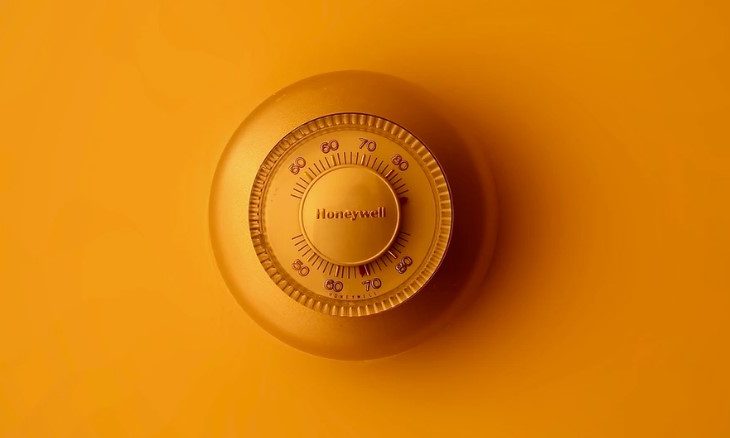Does Turning Down Thermostat at Night Save Money?
Thermostats are common in many households nowadays. They help heat up spaces when it’s cold and cool them down during warmer months. However, they can use lots of energy, leading to high energy bills. If you are installing a thermostat in your home or for someone else, it helps to educate users on some of the ways to bring that cost down.
Turning down your thermostat at any time will save you money if the ambient temperatures are lower than the temperature you choose. This is because the AC will kick in later hence running less hard to meet the required temperature point. You, will, however, spent more money if the ambient temperatures are high (for instance in summer) as the AC will have to work harder to hit the lower temperature point.
According to the Energy Information AdministrationEIA), energy costs for heating and cooling together comprise about 42% of household energy bills, on average. Yet much of this energy consumption is when the home is unoccupied or occupants are sleeping. The good thing about turning your thermostat down at night is that the slight drop in temperatures can easily go unnoticed when tucked in under the covers.
How Does Turning Down Saves Money?
Thermostat setback and setup help save energy based on the principle of heat transfer. The rate of heat loss or gain is mainly a function of the difference in temperature two objects, in this case, your house and the surrounding air. During the winter, the colder your home is allowed to get, the slower it loses heat. Even though your heater may run for some time when bringing your home back to temperature, you still use less energy as compared to when keeping your home at a constant temperature around the clock.
How Much Turning One Degree Can Save You
The rule of thumb, according to Bill Prindle of the American Council for an Energy Efficient Economy, is that consumers save up to 3% on their heating bill for each degree they lower their thermostat. By cutting, say 3-4 degrees, this can save you 10% or more- which is a considerable amount if you think about it.
While you might have gotten used to leaving the heat on when sleeping, you might forget to turn it down on some nights. Installing a programmable thermostat helps address this problem. The EPA even advises consumers to install these types of thermostats as they can help save between 10-30% on heating and cooling costs. They can store and repeat multiple daily settings that you can manually override without affecting the rest of the daily or weekly program.
Choosing and Programming a Programmable Thermostat
Most of the programmable thermostats available in the market are either digital, electromechanical, or a blend of the two. While digital thermostats may be difficult to program for some people, they have more features in terms of multiple setback settings, overrides, and daylight savings time adjustments hence they will handle all the temperature adjustments on their own and save money without giving you more work. Electromechanical types, on the other hand, involve sliding bars or pegs that are easier to program.
When programming your thermostat consider your normal sleeping and waking uptime. If you prefer sleeping at a cooler temperature during winter, then start the temperature setback a bit earlier than the actual time you go to bed.
Resetting your thermostat when you are asleep can save you money on your heating and cooling bills. By installing a programmable thermostat, you can do this automatically without sacrificing comfort.
